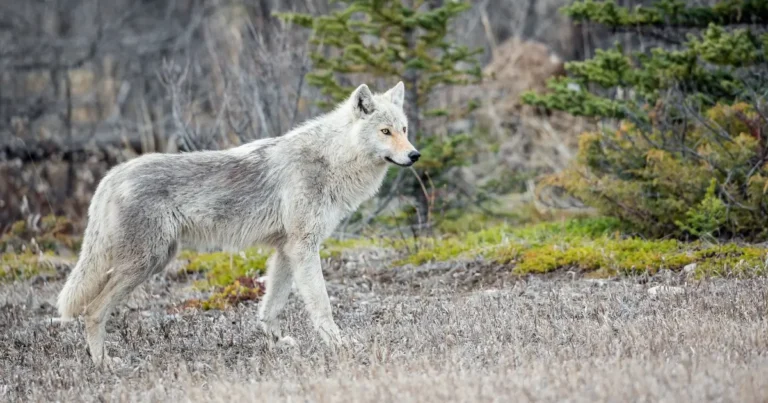Understanding leads to compassion, and compassion leads to coexistence.
It was with a desire to understand that we, along with our partners at Coyote Watch Canada, visited Cornwall, Ontario last week. In addition to a successful public meeting and a private meeting with city staff, we spent several hours in the field, seeking out an understanding of the city and surrounding rural area’s coyote populations.
In 2012, a small subdivision witnessed an apparent spike in the coyote population. It began with an unfortunate interaction between two coyotes and a pet Chihuahua, who was injured but survived. In the following weeks, coyotes were seen more often than ever before. Then, suddenly, the sightings stopped.
The laws of motion set out by Newton apply both for mathematics as well as nature: every action has an equal and opposite reaction; and an object will continue on its original trajectory unless an outside force is applied. Our first step was to look for that outside change.
In the years preceding the sightings, two major landscape changes occurred. First, a large area of green space – a combination of empty field and forest – was developed by industry. This swatch of land happened to be just to the south of the 401 highway, a major transit corridor for both humans and wildlife. Further to the west – immediately behind the houses in the subdivision – a large sound barrier was erected on the highway, and the grass, which for many years had been left to grow untamed, was cut short.
These two changes created a forced travel corridor for wildlife going from one former green space to another, just past the houses in question. The manicuring of the grass made what was once a hidden path highly visible, as well.
We know now why the coyotes were seen in this area. But why were they staying?
In discussion with residents, it was revealed that one homeowner had been feeding their dog outside, and leaving the food out. This is the case in nearly all human-coyote interactions: unintentional feeding altering proximity tolerance of wildlife.
The municipal waste pick up for this subdivision was also in the early morning hours – resulting in residents putting out trash overnight; another potential food source.
Finally, a dead end, leading to forest and trails, was a popular dumping ground; yet another potential food source.
But the simple use of some coexistence methods immediately resolved many of the sightings:
- Outdoor waste was cleaned up,
- Feeding was halted,
- Dogs were kept on leash, and,
- Basic hazing took place.
Additionally, city officials recognize that these methods will work and are actively encouraging the reporting of intentional or unintentional feeding of wildlife.
Coexistence is not only possible, but intuitive when a community takes the time to understand the wildlife with whom they share the land.
We would again like to offer our thanks to the City of Cornwall, the many people with whom we met and came to our information session, and of course, the volunteers who kept us safe, warm and fed during our visit.
